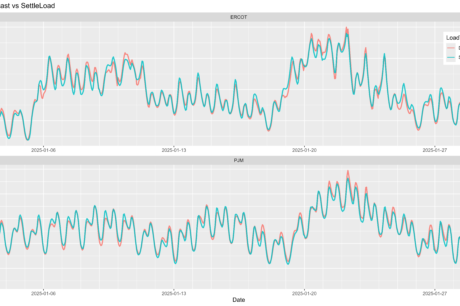In the last 10 years, at least 10 states have adopted regulations to reduce the carbon intensity of transportation fuels. Two more – Washington and Colorado — are currently considering such regulations.
Across states, the regulations follow the same form: mandated reductions in the carbon content of transportation fuels by certain dates. Many adopt market-based compliance mechanisms, providing credits to fuel producers that exceed their reduction targets, which they can sell to other producers who can use them to offset deficits when they fail to meet theirs.
Almost all the state programs are modeled from California’s Low-Carbon Fuels Standard (LCFS), established by the State Assembly In 2007. The program is administered by the California Air Resources Board (CARB), which initially set binding targets reducing the carbon content of gasoline, diesel, and other conventional fuels consumed in the state by 20% (compared to 2010) by 2030. Regulated entities earn credits for switching to lower-carbon biofuels and for investing in the State’s zero emissions vehicle infrastructure.
Jet fuel has been exempted from the LCFS since its start. In 2019, CARB brought the aviation sector into the program, but only as a credit generator. Airlines that replace fossil jet fuel with Sustainable Aviation Fuel (SAF) produced from plant oils, animal fat, and used cooking oil can generate LCFS credits, but the airlines are not subject to any carbon reduction mandates on jet fuel and do not accrue deficits for consuming fossil jet fuel.
Despite the additional incentives, only 8 million gallons of SAF were produced in California in 2021, roughly 0. 3% of all aviation fuel produced in the State that year. Plans to build a $2 billion SAF plant in Los Angeles County and a new bioenergy facility in Imperial Valley could expand production to almost 400 million gallons annually. But, even with this 50-fold increase in production, SAF would displace no more than 15% of California’s conventional jet fuel at peak production.
Like many biofuels, SAF suffers from limited feedstocks. There is only so much animal fat and used cooking oil to go around and, since the same feedstock can be used to make multiple biofuels, fierce competition from biodiesel producers for existing stockpiles.
Producers typically will use feedstock to produce the more valuable fuel. While SAF is roughly 5 times more expensive than fossil jet fuel, biodiesel generates greater value per gallon, a fact unlikely to change until jet fuel is subject to the same regulations as other transportation fuels.
The Inflation Reduction Act (IRA) provides tax credits for producing both biodiesel and SAF. Both fuels are also assigned lucrative Renewable Identification Numbers (RINs) under the federal Renewable Fuels Standard. Both also generate LCFS credits in California. The difference is in the value of the fuel each displaces. Because biodiesel replaces diesel that is subject to LCFS compliance costs, it is more valuable than SAF, which replaces conventional jet fuel that is not subject to the extra cost.
When stacking federal and state biofuels subsidies with the value of avoided regulatory compliance costs, researchers at UC-Davis found that soybean feedstock generated $0.69 more per gallon than SAF. They found an even larger value gap for corn feedstock, where biodiesel generated $1.14. more per gallon.
If California is ever to produce enough SAF to make meaningful reductions in carbon emitted by its airplanes, replacing fossil jet fuel with SAF must become more valuable, which is unlikely to happen until jet fuel is subject to the same regulations as other transportation fuels.
Early this year, CARB announced plans to end the exemption of jet fuel, under the LCFS. The plan would only impact intra-state flights, which consume no more than 10% of the State’s jet fuel annually. Still, by August, pressure from the airlines led CARB to reverse course and announce its intention to maintain the jet fuel exemption.
CARB’s reversal was a missed opportunity to bring SAF production in California to scale quickly enough for decarbonization of the aviation sector to make a vital contribution to addressing the impending climate crisis . As more states consider LCFS-like programs, they provide new opportunities to learn from California, treat jet fuel like diesel and other transportation fuels, and make SAF more valuable to produce than biodiesel.
By: Chris Cooper, Policy Director, Center for Resource Solutions












